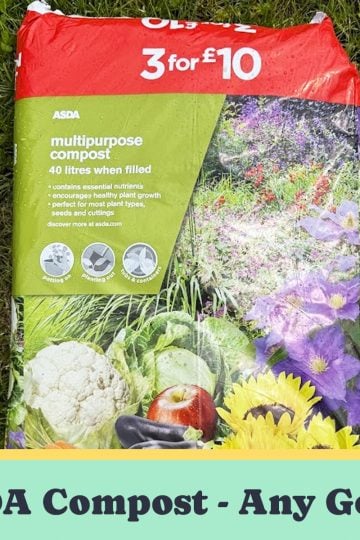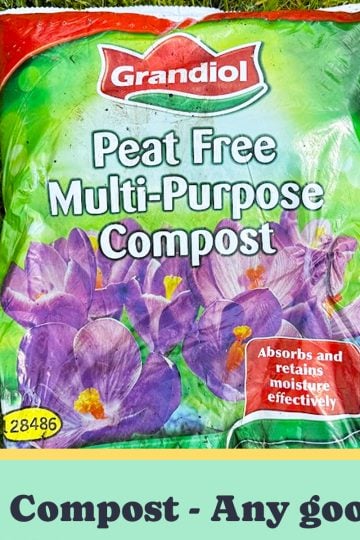Tomato blossom end rot is a common issue that can affect the quality and yield of your tomato harvest. It occurs when developing tomato fruits exhibit a black/brown sunken area at the blossom end, which can ultimately lead to the fruit becoming inedible.
What Is Blossom End Rot?
Blossom end rot is a common physiological disorder in tomatoes, not a disease caused by pests or pathogens. It's typically the result of calcium deficiency in the developing fruit. Calcium is essential for cell wall formation and stability, and when it's lacking, the cells at the blossom end of the fruit break down, leading to the telltale dark, sunken patches.
The root cause is rarely a lack of calcium in the soil itself. More often, it's inconsistent watering or damage to the plant’s roots that hampers calcium uptake. Dry spells, overwatering, or sudden changes in moisture levels disrupt the plant's ability to transport calcium to the fruit, even if there’s plenty available in the soil. Fast-growing fruit, particularly early in the season, are most vulnerable as they require a steady and balanced supply of nutrients during rapid development.

Possible Causes
Watering Techniques
I can't stress this enough - the leading cause of blossom end rot is inconsistent watering.
While the issue is a calcium deficiency, it is usually that the plant cannot access the calcium in the soil rather than there not being enough. If your soil becomes too dry then the roots of your tomato plant cannot access the calcium, even if it is there in the soil.
Maintaining steady levels of moisture is crucial in preventing blossom end rot. Tomato plants require consistent and deep watering to establish strong root systems. Follow these watering techniques:
- Water your plants in the early morning to reduce water loss through evaporation.
- Water deeply and heavily rather than a sprinkle on the top
- Apply a layer of mulch to retain moisture and regulate soil temperature.
- If using grow bags, use a collar to add a reservoir - if you are not sure what I mean, look at the product below.
- Specially designed pot for growing in growbags
- Set of 6, measuring 26 centimetres across, so three fit neatly on a growbag
- The inner and outer watering troughs make feeding and watering easy
You need to be cautious and not overdo this, however. This is because too much water also causes a lot of issues with tomato plants, that is why I said they need consistent watering rather than lots of water.
If tomato roots sit in standing water, then they can suffer from root rot, and if your plant has a poor root structure then this can lead too... you guessed it - blossom end rot.
Lack of Calcium
If you swear you are watering your tomatoes correctly and still suffer from blossom end rot, then you might have a calcium deficiency in your soil. The reason I have watering at number one and calcium at number two, even though this is a calcium deficiency issue, is that the vast majority of soils will not be calcium deficient.
You can add calcium to your soil if you think this is the root cause of the issue.
Crushed eggshells are a common homemade remedy as they are high in calcium. Calcium nitrate fertiliser can be bought and sea shells, crushed and added to the soil can also work. Fish blood and bone is an organic fertiliser that again has high calcium levels. You can also buy volcanic rock dust which is packed with all kinds of minerals, including calcium.

Over Feeding With Tomato Food
This one doesn't get picked up on but can actually cause blossom end rot. Tomato feeds are very high in potassium to promote strong fruit growth, but too much potassium can actually cause blossom end rot.
High potassium levels can block calcium and prevent it from being taken up by your plant's roots. This problem is further exacerbated by unknowing gardeners that see the first signs of blossom end rot and think their plant is getting the nutrients it needs - so give it another feed of tomato food.
You can see how this is a vicious circle that can quickly spiral.

Over Feeding With Nitrogen Feeds
Nitrogen is a common ingredient in many plant foods and is often the main ingredient. It promotes green leafy growth and is good to apply to tomatoes early in life.
However, you want to stop feeding with nitrogen-heavy feeds when they start to flower and fruit. This is because you want the plant's energy to be going into developing fruits rather than leaves.
Overfeeding with nitrogen-heavy feeds can also cause blossom end rot. This is because leaves are preferred over fruits when it comes to where a tomato plant sends its calcium.
So if you have lots and lots of large leaves still developing and growing - encouraged by the high nitrogen feed - then your plant might not have enough calcium left to send to the fruit, leading to blossom end rot.
Conclusion
In summary, tomato blossom end rot is a preventable condition that commonly affects tomatoes, but can also impact other garden vegetables such as peppers and aubergines. Proper watering techniques is your main defence, if you have your watering game on point then look at other potential causes at that point.
Implement a consistent watering schedule and water deeply rather than surface watering. If growing in growbags, then use growbag pots as due to their shallow nature, growbags can dry out quickly.
If you are unsure if your soil is low in calcium, then you can always get a soil test and add some back in if needed.







John Blackmore says
I have started to use "collars" or halos, even though my tomatoes and courgettes and cucumbers are all planted in raised beds. I think it makes providing water and liquid fertiliser easier and helps keep water off the leaves. All seems to be working fine so far. I believe that this way the water is distributed more equally to all side of the plants